Selling size: Single Plant | 2.5″ Pot Included
Peperomia Raindrop – Care
The Peperomia Raindrop, scientifically known as Peperomia polybotrya, is a charming and relatively easy-to-care-for houseplant native to the tropical regions of South America. Its appeal lies in its unique, glossy, heart or teardrop-shaped leaves, which give it its common name. Here’s a comprehensive guide to caring for your Peperomia Raindrop in India:
Light:
- Bright, Indirect Light: Peperomia Raindrops thrive in bright, indirect light. This means placing them near a window where they receive ample light throughout the day but are shielded from harsh, direct sunlight, especially during the afternoon in India’s climate.
- East or North-Facing Windows: These are ideal locations as they provide gentle morning light or consistent filtered light.
- West or South-Facing Windows: If these are your only options, place the plant a few feet away from the window or use sheer curtains to diffuse the strong sunlight. Direct sun can scorch the leaves.
- Low Light Tolerance: While they can tolerate low light conditions, their growth may slow down, and they might become leggy (stretching towards the light). The vibrant color and glossy appearance of the leaves are best maintained with adequate indirect light.
- Artificial Light: If natural light is insufficient, they can grow well under fluorescent or LED grow lights for 12-16 hours a day.
Water:
- Allow Soil to Dry: The most crucial aspect of watering is to let the top inch or two of the soil dry out completely before watering again. Peperomia Raindrops are semi-succulent and store water in their leaves and stems, making them susceptible to root rot if overwatered.
- Water Thoroughly: When you do water, water thoroughly until excess water drains out of the bottom of the pot. Always discard any standing water in the saucer to prevent soggy roots.
- Frequency: Watering frequency will vary depending on the season, light levels, temperature, and humidity. In the warmer months (summer in India), you’ll likely water more frequently than in the cooler months (winter). On average, this might be every 1-2 weeks, but always check the soil moisture.
- Signs of Overwatering: Yellowing or wilting leaves, mushy stems, and root rot are signs of overwatering.
- Signs of Underwatering: Drooping or soft, wrinkled leaves indicate the plant needs water. The leaves will become less firm and more bendable when thirsty.
Soil:
- Well-Draining Mix: Use a well-draining potting mix to ensure proper aeration and prevent waterlogging. A mix formulated for succulents or cacti, or a general-purpose potting mix amended with perlite, sand, or orchid bark, works well.
Temperature:
- Warm Temperatures: Peperomia Raindrops prefer warm temperatures, ideally between 18°C to 27°C (65°F to 80°F), which is generally consistent with India’s climate.
- Avoid Cold Drafts: Protect them from cold drafts and sudden temperature fluctuations, especially from air conditioning vents.
- Minimum Temperature: Ensure the temperature doesn’t drop below 10°C (50°F) for extended periods.
Humidity:
- Moderate to High Humidity: While they can tolerate average household humidity, they thrive in moderate to high humidity levels. India’s humidity levels, especially during the monsoon season, are generally suitable.
- Increase Humidity (if needed): In drier conditions, you can increase humidity by:
- Grouping plants together.
- Placing the pot on a pebble tray filled with water (ensure the bottom of the pot is above the water line).
- Using a humidifier.
- Avoid Misting: While some sources suggest misting, it’s generally best to avoid direct misting of the leaves, as this can sometimes lead to fungal issues, especially in humid environments.
Fertilizer:
- Light Feeding: Fertilize lightly during the growing season (spring and summer in India) with a diluted, balanced liquid fertilizer. Feed once a month or even less frequently.
- Avoid Winter Feeding: Do not fertilize during the fall and winter when the plant’s growth naturally slows down.
- Caution: Over-fertilizing can lead to salt build-up in the soil, which can harm the plant.
Pruning:
- Minimal Pruning: Pruning is generally not necessary except to remove any yellowed, damaged, or dead leaves.
- Shape and Bushiness: If the plant becomes leggy, you can prune the stems to encourage bushier growth. Use clean, sharp pruning shears.
Repotting:
- Every 2-3 Years: Repot your Peperomia Raindrop every 2-3 years, or when it outgrows its current pot. Spring is usually the best time for repotting.
- Slightly Larger Pot: Choose a pot that is only slightly larger than the previous one, as they don’t have extensive root systems.
- Fresh Soil: Use fresh, well-draining potting mix when repotting.
Common Problems:
- Root Rot: The most common issue, caused by overwatering and poor drainage.
- Leaf Drop: Can be caused by overwatering, underwatering, low light, or sudden temperature changes.
- Leggy Growth: Usually a sign of insufficient light.
- Pests: Generally pest-resistant, but watch out for mealybugs or spider mites. Treat with insecticidal soap or neem oil if necessary.
- Leaf Spots: Can be caused by fungal or bacterial infections, often due to excessive moisture on the leaves or poor air circulation.
Propagation:
- Peperomia Raindrops can be easily propagated through stem or leaf cuttings. Allow the cuttings to callous over for a few hours before planting them in moist potting mix or water.
By following these care tips, you can enjoy the beauty of your Peperomia Raindrop in your Indian home for years to come. Remember to observe your plant and adjust your care routine based on its specific needs and the local environmental conditions.
Only logged in customers who have purchased this product may leave a review.

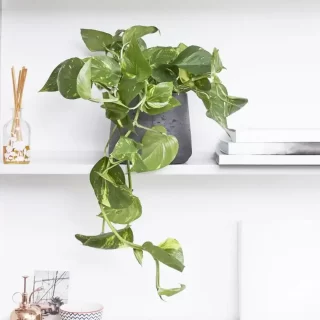
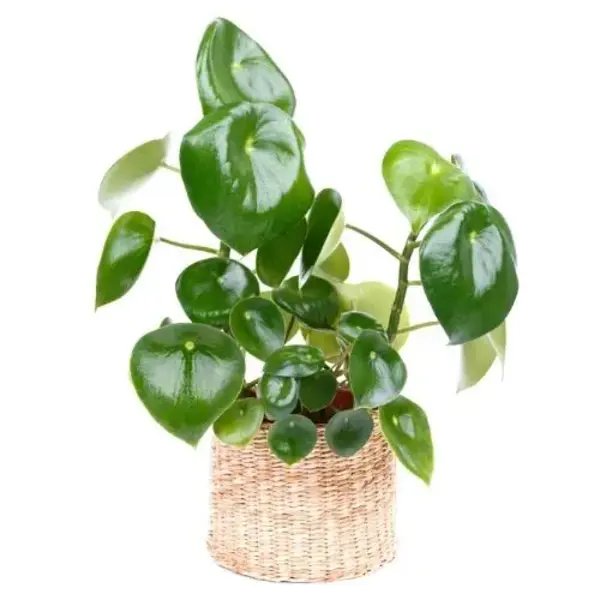
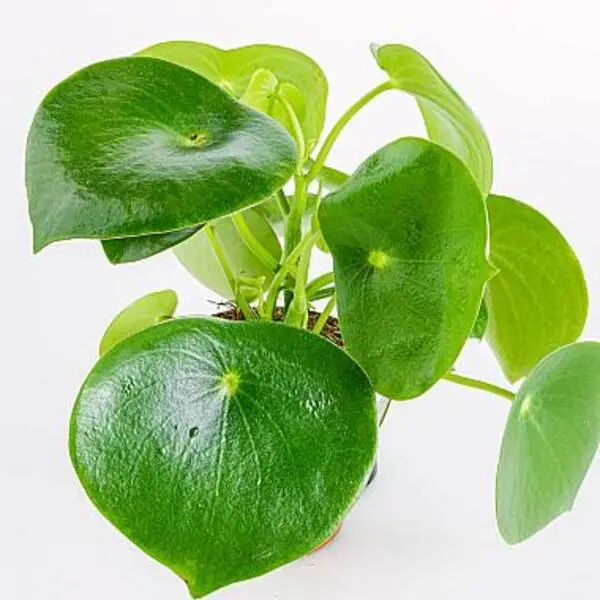
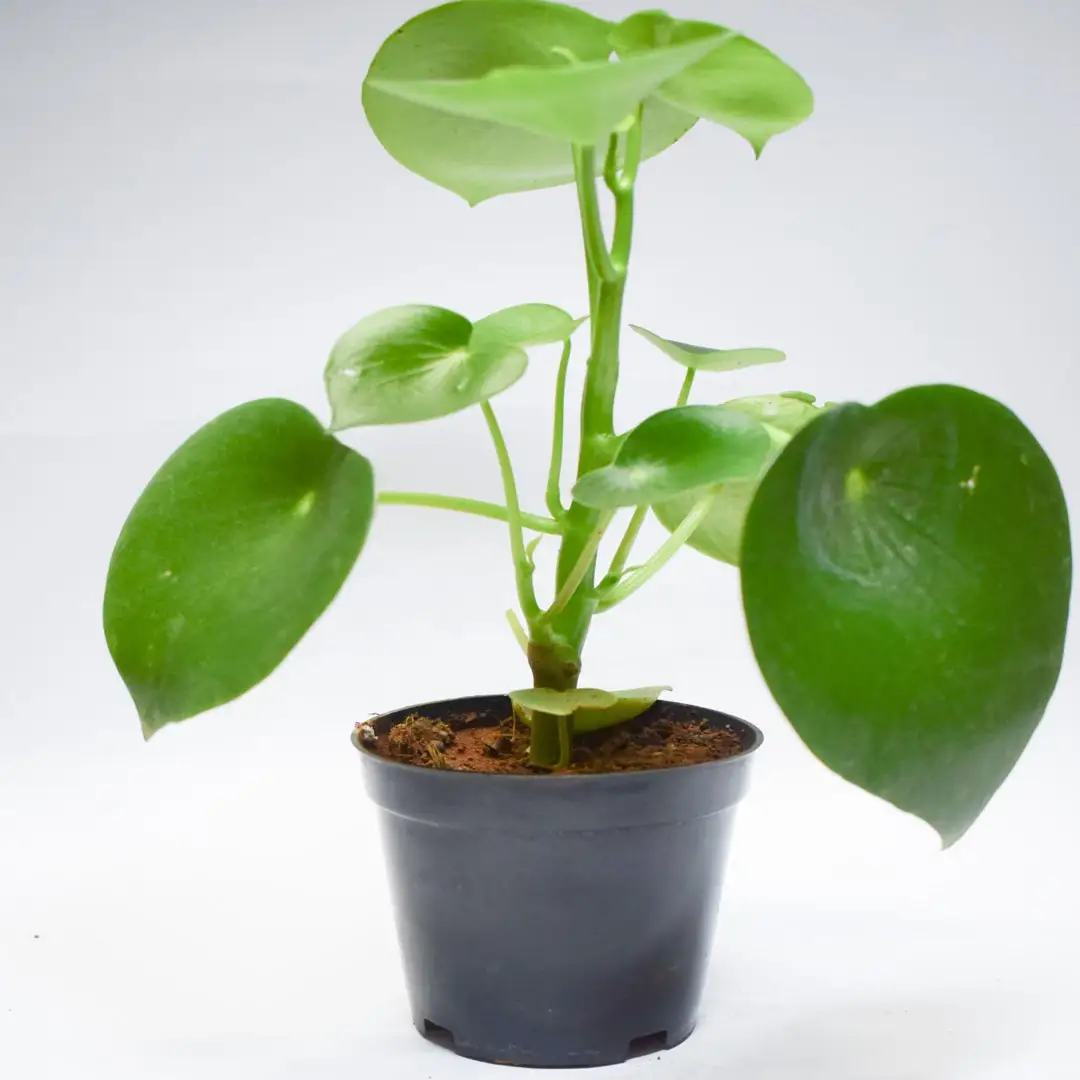



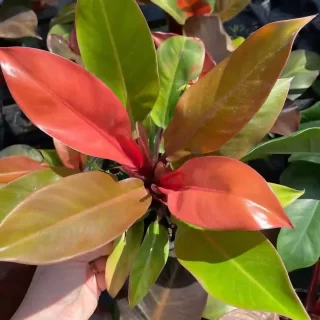
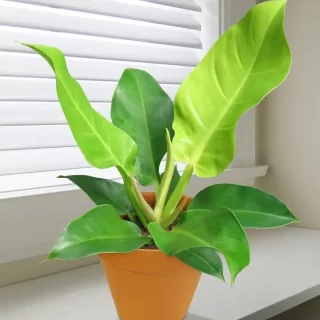

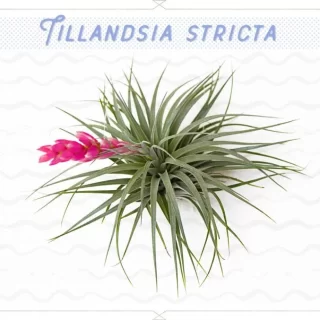

 If you need any assistance, I'm always here. Have you found what you were looking for?
If you need any assistance, I'm always here. Have you found what you were looking for?
Reviews
There are no reviews yet.